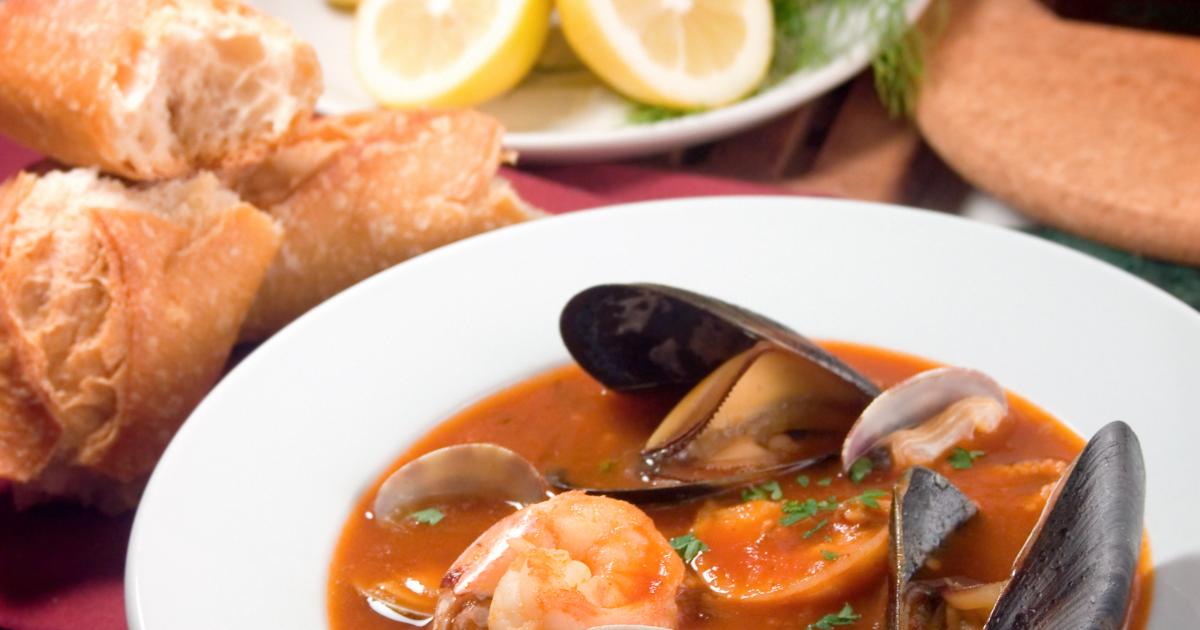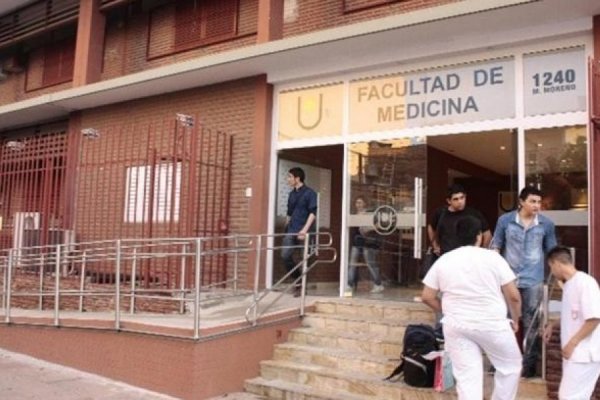The first thing we need to know is that Broth is not the same as soup. The difference is very simple: broth, for example, is consommé, which you get by boiling some food. Soups also contain solid ingredients, such as pasta, and are usually thicker and more substantial.
The word “soup” comes from the Latin word “suppa”, and refers to bread soaked in broth. But its origin is much older. In Xianrendong Cave, in Jiangxi Province (China), A The pottery shows signs of burnsWhich made archaeologists believe that some kind of soup was cooked there. Now, this may not be the first soup in history: our ancestors probably made soup by digging a hole, lining it with animal skin or intestines, and filling this strange container with water into which they threw some hot rocks. This technique of heating water was already known to Neanderthals, and it is believed that boiling water followed roasting and preceded baking.
Cold soup
We had to wait for the arrival of the Roman Empire to bring about a small revolution in soup preparation: they invented cold soup, Gazpacho, of which there are many variables. Already in the first century BC. C. Virgil in his book Eclog II He talks about it when describing it Sustenance for weary harvesters. Nowadays, with the prosperity of Mediterranean cuisine, gazpacho has gone from being the food of the poor to being served in the best restaurants.
Of course, it hasn’t had such good press in a long time. Cervantes“, in his book Quixote the Immortal, he puts in the mouth of Sancho:”I would rather eat gazpacho than go through the misery of a rude doctor.We will have to wait until the end of the nineteenth century for disdain for this cold soup to turn into praise: “No restaurant can offer us a juicier delicacy than wild gazpacho and even homemade ones.“, books Azorin. As Gregorio Marañon said, coupled with wine and a good piece of meat, gazpacho “can be considered a food that is very close to perfection.”
Gazpacho is a cold soup. picture. istock
In 476 AD, with the fall of the Western Roman Empire, the soup remained in the Byzantine Empire. But with the fall of Constantinople to the Ottoman Turks in 1454, Central Asian soup recipes began to come together in a kind of syncretism with European soups. Thus, the Turks used a lot of vegetables and did not limit eating soup to one time of the day or to a specific dish during the meal.
Make a good bowl of soup
A good soup base is crucial. In most recipes, broth or stock is used as the base. Flavors are released from solid ingredients They dissolve in the liquid through diffusion processes, and when the soup boils the flavors combine and concentrate to form a deliciously flavored broth – except for Mafalda, who we know hates soup.
Puerto Rican asopao is a combination of soup and paella. Photo: iStock
Obviously, the choice of basic ingredients is crucial. Meat soup is not the same as chicken or vegetable soup. For example, classic French onion soup owes its flavor to slow cooking and the use of beef stock in its base.
Texture is another trait that can be controlled, thanks to the use of potatoes, which are sprouted starch – We should not cut the whole potato, but rather leave a small piece uncut and then break it with our hands – or rice, which acts as a thickener.
The soup is burning!
And now we have this wonderful soup factory before us. We put the spoon down and…damn it! it is very hot! This is one of the great secrets of gastronomy: whenever we are served a bowl of soup, it is hot.
The problem is very simple. On one side we have a dish of liquid water, and above it there is air and steam rising from the dish. It is clear that this vapor is nothing more than water in the gaseous state. How do they escape from the painting? In order to understand it, we must resort to something one of the Greeks called it Democritus: The universe is nothing else Atoms and spaceEverything is explained by the constant movement of those atoms through the vacuum. Everything is in constant motion. Moreover, what we call temperature is nothing more than a measure of the movement of the molecules that make up the soup. The hotter it is, the faster they move. Naturally, those moving near the surface can gain enough speed to escape the weak intermolecular forces that keep them bound to the liquid element. Thus the hot vapor, lighter than the air, rises as if in a hot air balloon.
We should not confuse soup with chicken broth. Photo: iStock
but. Not all of them have the speed to escape, and some of them collide with the air molecules above the soup and return to the plate.
Meanwhile, in the air, oxygen and nitrogen molecules also move and collide violently with the soup molecules on the surface. In this way, after countless clashes, it was established Balance the soup with the air directly above it. As a result, the air becomes the same temperature as the soup.
And now we want to put a spoonful of this delicious soup in our mouths. And we blow. Thus, we replace the air in contact with it, which is loaded with evaporated water molecules, and put dry air in its place. This way, the evaporated water molecules cannot return to the plate, breaking the balance and We force more of the soup to evaporate. Since those that evaporate are the ones that transfer the most energy, the result is that those that have the least energy remain in the soup. Obviously the soup is getting cold.







